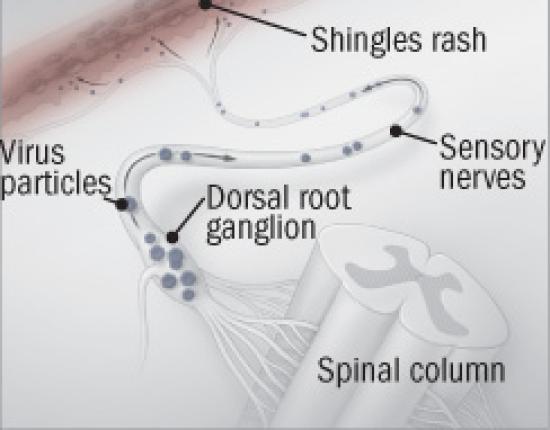|
Dr Kenny de Meirleir bacterial viral
gastrointestinal symptoms 80% to 90% ME/CFS patients compromised by bacterial and/or viral pathogen Epstein-Barr Virus and HHV-6 / intestinal bacteria / probiotics / fructose malabsorption / heavy metals / Gluten intolerance at different levels Dr Paul Cheney viral pathogen toxic inherited video For more than 25 years, Dr. Cheney has been a pioneering clinical researcher in the field of ME/CFS and has been an internationally recognized authority on the subject of ME/CFS. He has published numerous articles and lectured around the world on ME/CFS and is author/co-author of numerous publications and scientific presentations about ME/CFS. Dr. Jonathan Kerr viral gene expression Development of a diagnostic test , analysis of human and viral gene expression in the white blood cells, and clinical trials of immunomodulatory drugs. He has recently published research identifying distinct subtypes in patients with ME/CFS. Dr. John Chia 70 types of entero viruses Chronic fatigue syndrome associated with chronic enterovirus infection of the stomach on the role of enteroviruses in the aetiolgy of ME/CFS Ė an area which has been implicated as one of the causes by a number of studies. There are more than 70 different types of enteroviruses that can affect the central nervous system, heart and muscles, all of which is consistent with the symptoms of ME/CFS. By analyzing samples of stomach tissue from 165 patients with CFS, Dr. Chia's team discovered that 82% of these individuals had high levels of enteroviruses in their digestive systems. Dr Chia's research may result in the development of antiviral drugs to treat the debilitating symptoms of ME/CFS. Dr Nancy Klimas immune, autonomic and neuroendocrine interactions The University of Miami CFS Research Center is exploring interactions between the immune, autonomic and neuroendocrine. Professor Nora Chapman effects of viruses upon cell function. She and her associates have demonstrated that selection of defective enterovirus in heart and other tissues leads to persistent infections despite active antiviral immune responses. Presently studying the mode of selection of these viruses and the effects of replication of these viruses upon infected cell function. Annette Whittemore - Dr Daniel Peterson human herpesvirus 6 (HHV-6) Prof Garth Nicholson mycoplasma infections Human Herpes Virus-6 (HHV-6) and Cytomeglovirus (CMV). Dr. Donald Lewis immunological dysfunction CFS develops from a virus in most people Jose Montoya human herpes viruses Dr William Weir
viral bacterial
injuries
|
